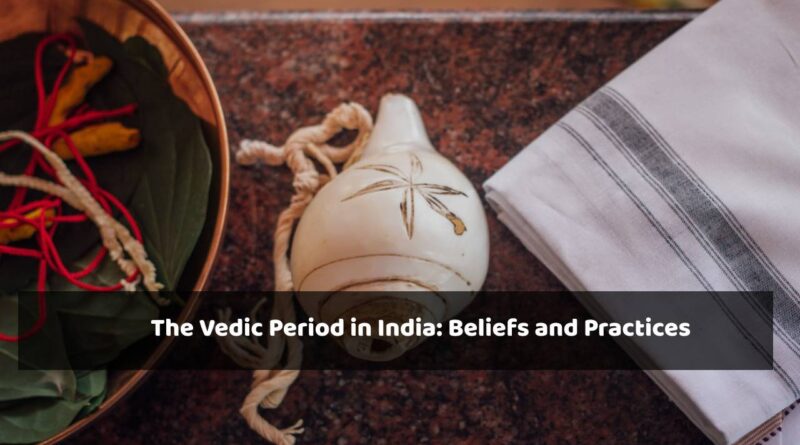The Vedic Period in India: Beliefs and Practices
Introduction to the Vedic Period
The Vedic period is a significant era in the history of India, spanning from 1500 BCE to 500 BCE. It is named after the Vedas, the ancient sacred texts of Hinduism, which were composed during this time. The Vedic period saw the emergence of many important cultural and religious practices that continue to shape Indian society today. In this post, we will explore the beliefs and practices of the Vedic period, including the role of religion, social structure, and daily life.
Religion in the Vedic Period
Religion was an essential aspect of life during the Vedic period. The Vedas were the primary source of religious and spiritual knowledge and were considered divine revelations. The dominant religion during this period was Brahmanism, which would later evolve into Hinduism. The Vedic religion was polytheistic, with many gods and goddesses worshipped for various reasons, such as the god of fire, Agni, and the god of war, Indra. Sacrifices were also an important part of religious practice, with elaborate ceremonies performed to please the gods and ensure prosperity.
Social Structure in the Vedic Period
The Vedic period was characterized by a hierarchical social structure, with four main varnas or classes: Brahmins (priests and scholars), Kshatriyas (warriors and rulers), Vaishyas (merchants and farmers), and Shudras (servants and laborers). This social structure was based on the concept of dharma, or one’s duty and responsibility in life. The varnas were further divided into subcategories, and social mobility was limited, with little opportunity to move up in the social hierarchy.
Daily Life in the Vedic Period
Daily life during the Vedic period was focused on agriculture, with farming and cattle rearing as the primary occupations. Families lived in small villages and were governed by a council of elders. Women played an important role in domestic life, managing households and raising children. Education was primarily reserved for the upper classes, with boys receiving instruction from gurus (teachers) in subjects such as philosophy, religion, and language.
Conclusion
The Vedic period in India was a time of significant cultural and religious development, with many practices and beliefs that continue to shape Indian society today. From the importance of religion and sacrifice to the hierarchical social structure and daily life in small villages, the Vedic period offers a fascinating glimpse into the past. Understanding this era can help us better appreciate the rich and diverse history and culture of India.

